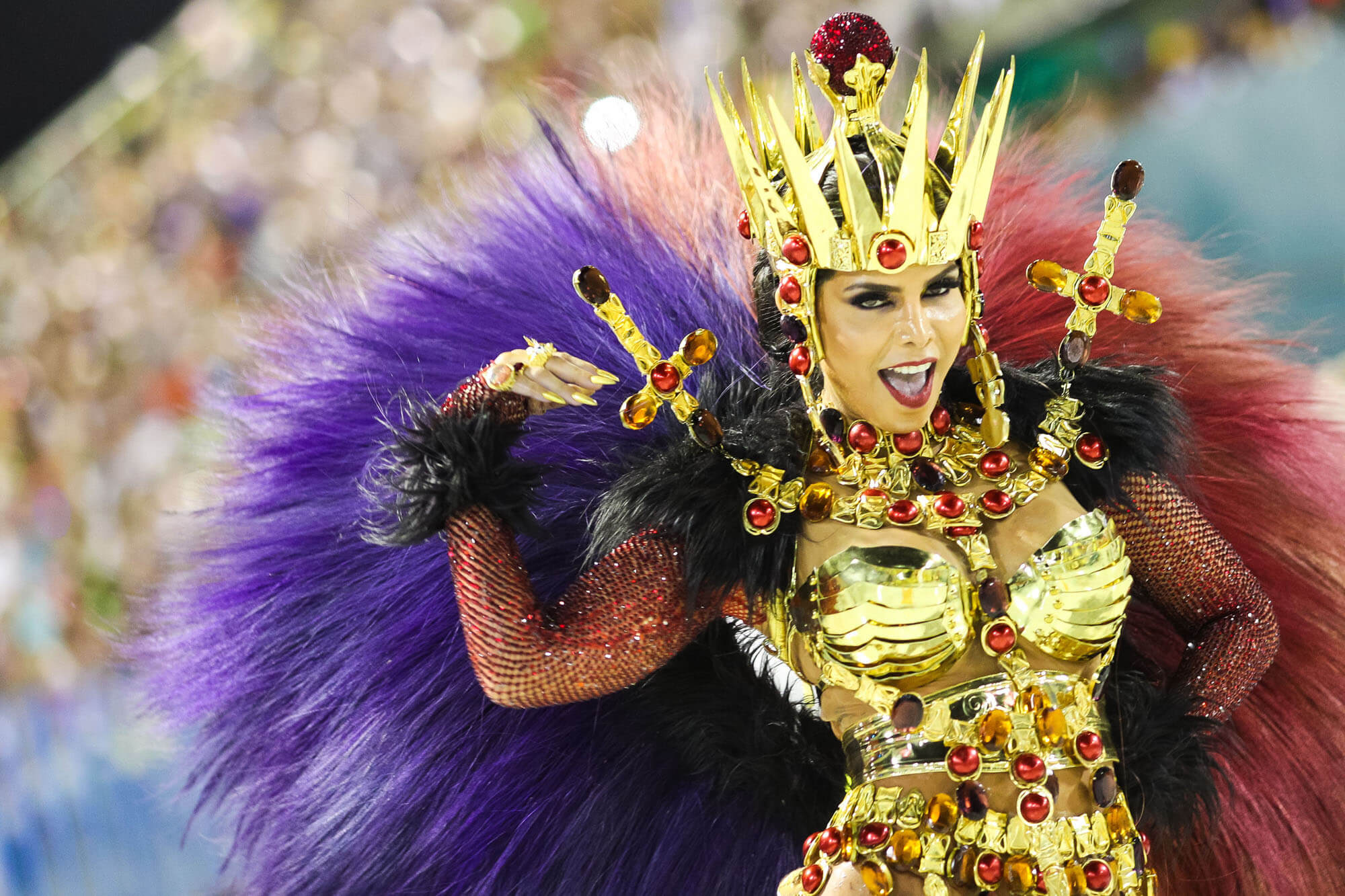
- On 16/01/2024
- In Blogs Travel Tips
- Tags:
Rio Carnival
Source: riocarnaval.org and wikipedia
Rio Carnival is the greatest show on Earth and the biggest event of the Brazilian cultural calendar. The parades at the Sambadrome are the main attraction of the entire celebration. Before you come, get to know a bit about el carnaval!
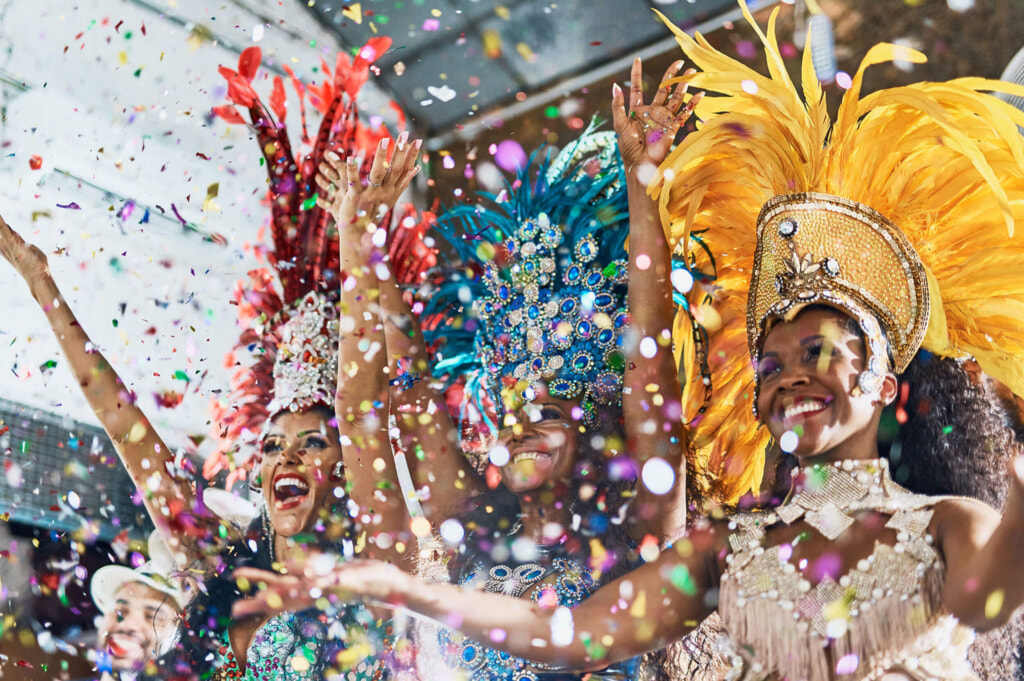
The Carnival in Rio de Janeiro is a festival held every year before Lent; it is considered the biggest carnival in the world, with two million people per day on the streets. The first Carnival festival in Rio occurred in 1723. Rio Carnival begins on Friday before Ash Wednesday, and ends on Ash Wednesday noon. This year the festival is set to take place from 9 to 17 February in the Marvelous City of Rio de Janeiro. With all the excitement surrounding the city, the Sambadrome during Rio Carnival will play host to the biggest party on the planet!
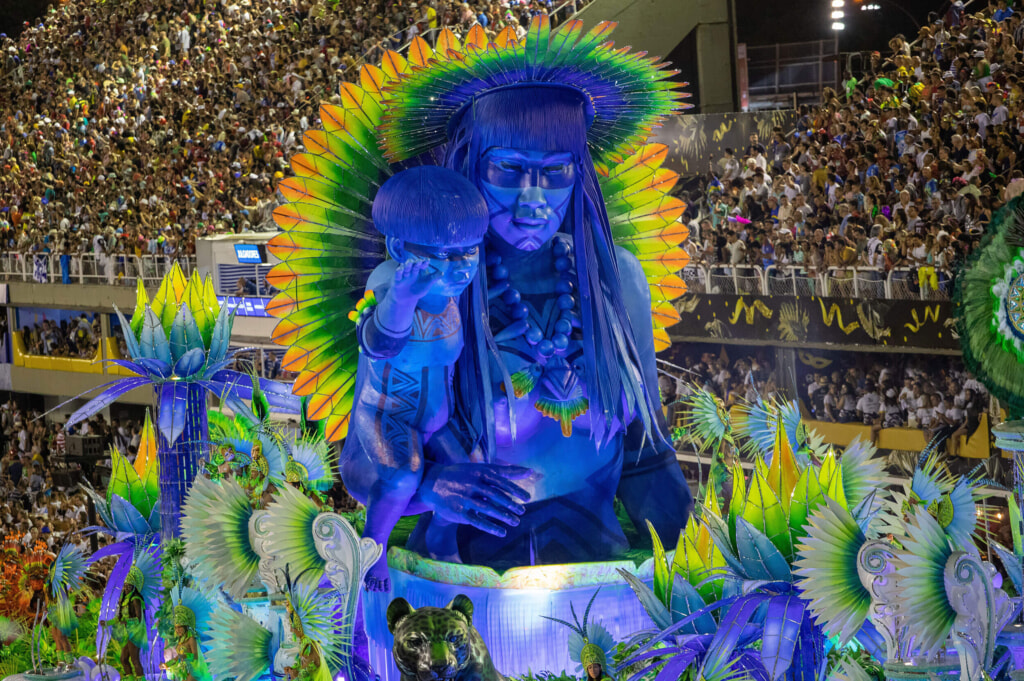
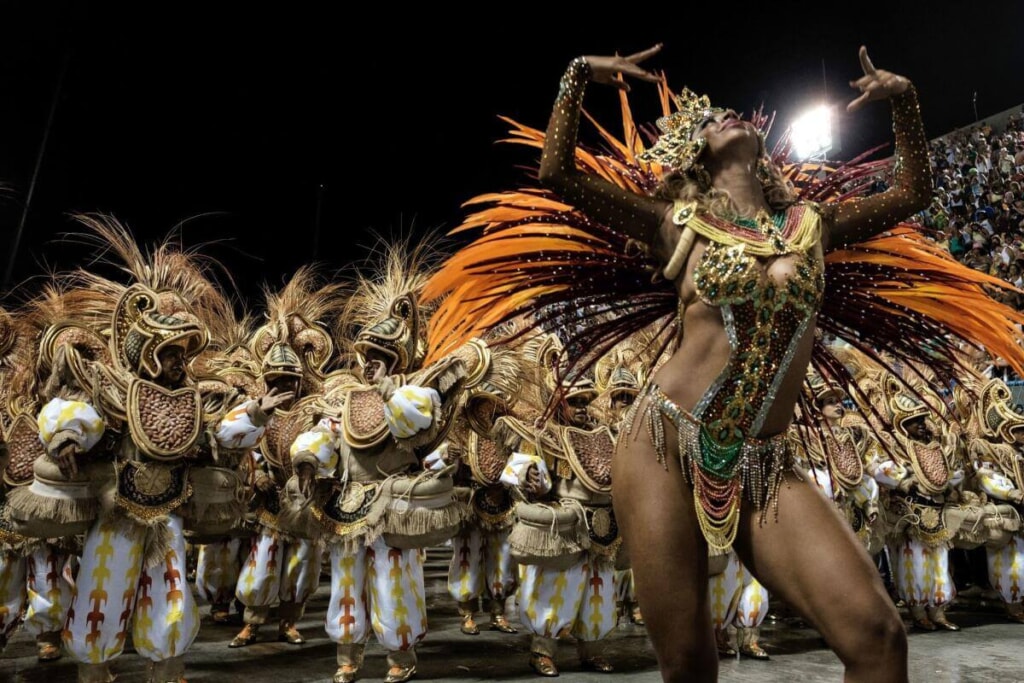
The typical Rio Carnival
The typical Rio Carnival parade is filled with revelers, floats, and adornments from numerous samba schools which are located in Rio (more than 200 approximately, divided into five leagues/divisions). A samba school is composed of a collaboration of local neighbours that want to attend the carnival together, with some kind of regional, geographical and common background.
There is a special order that every school has to follow with their parade entries. Each school begins with the comissão de frente, meaning Front Commission, that is the group of people from the school that appear first. Made of ten to fifteen people, the comissão de frente introduces the school and sets the mood and style of their presentation. These people have choreographed dances in elaborate costumes that usually tell a short story. Following the comissão de frente is the first float of the samba school, called abre-alas, Opening Wing. These are followed by the Mestre-sala and Porta-Bandeira, Master of Ceremonies and Flag Bearer, with one to four pairs, one active and three reserve, to lead the dancers, which include the old guard veterans and the ala das baianas, with the drum line battery at the rear and sometimes a brass section and guitars. This brass section was included in the early 20th century as part of a more diverse musical ensemble which began to be offered at this time.
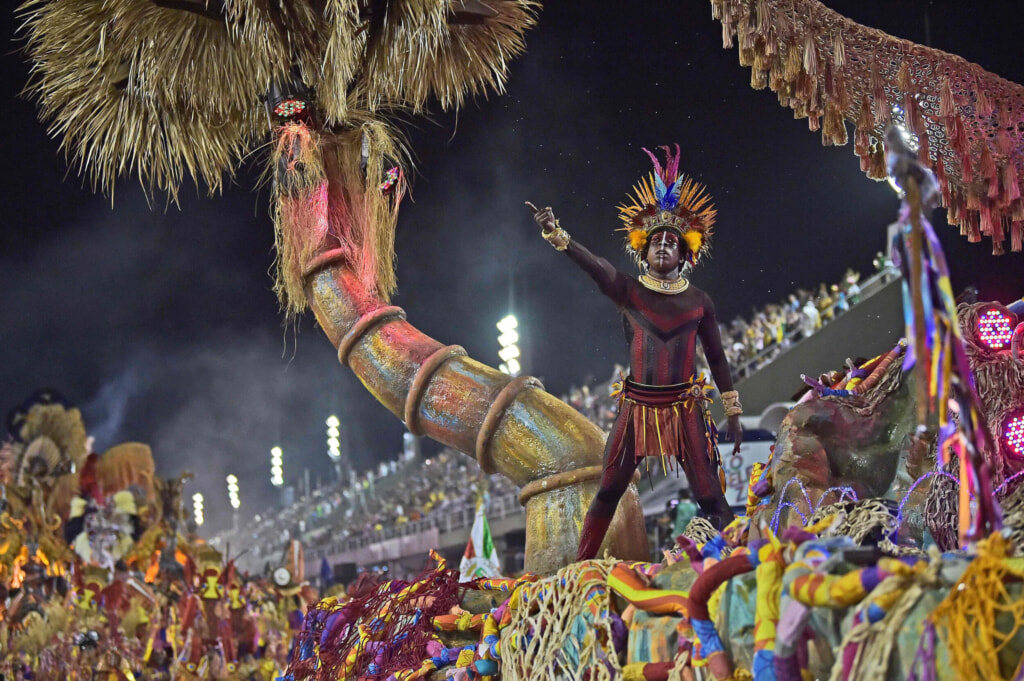
History
The origins of the Rio Carnival celebration dates back to the 16th and 17th centuries. Carnival was brought to Brazil by Portuguese colonizers between the 16th and 17th centuries, manifesting itself initially through the Entrudo, a popular festival where public games and lighthearted mockery would run wild in the streets. Over time, the festival acquired other ways of manifesting itself, such as in the use of masks and costumes. O Moleque by Lima Barreto, depicts an emergence of costume which was originally used in Carnival, tracing back to the European cultural roots. The costumes are symbolic of political and cultural themes of the time, which are then integrated into Carnival.
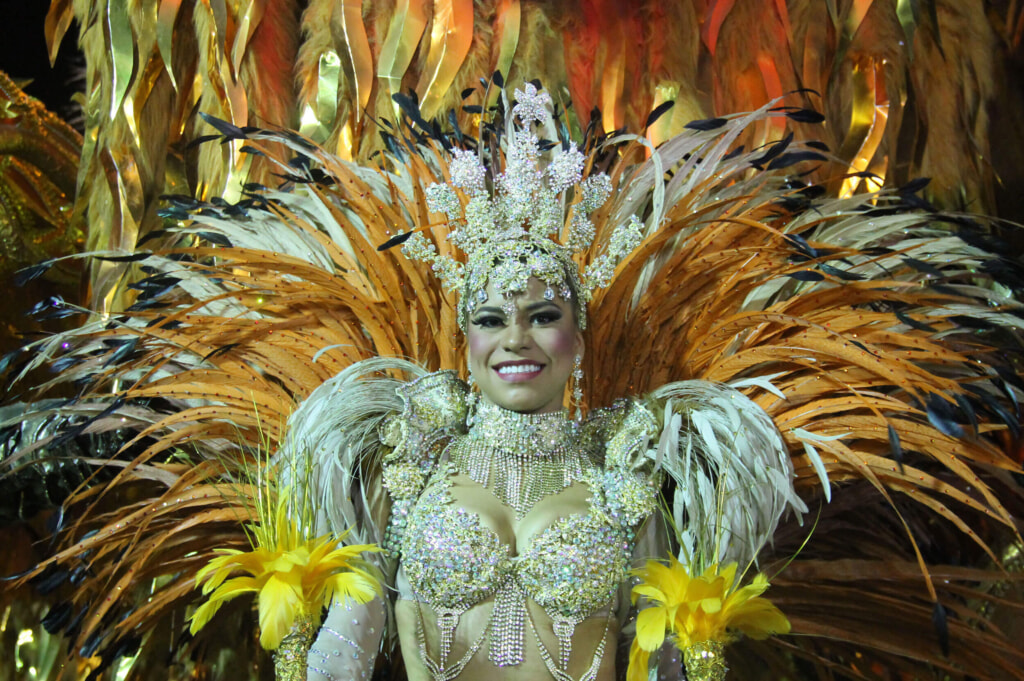
In 1840, the very first Rio masquerade took place, and polka and waltz took center stage. Later in the beginning of the 20th century the Samba and Batucada rhythms classically associated with Rio carnival were introduced by afro-brazilians and pardos, by adapting different cultural inputs to produce a new musical genre. During this period, Carnival assumed its position as the biggest popular festival in Brazil. In the 1920's and 1930's in Rio, Samba schools were beginning to become popular as a way for blocos to increase their legitimacy and avert police oppression. Blacks at the time were often oppressed by the police for any street Carnival activities due to the city's attempt to become a European-style capital at this time.
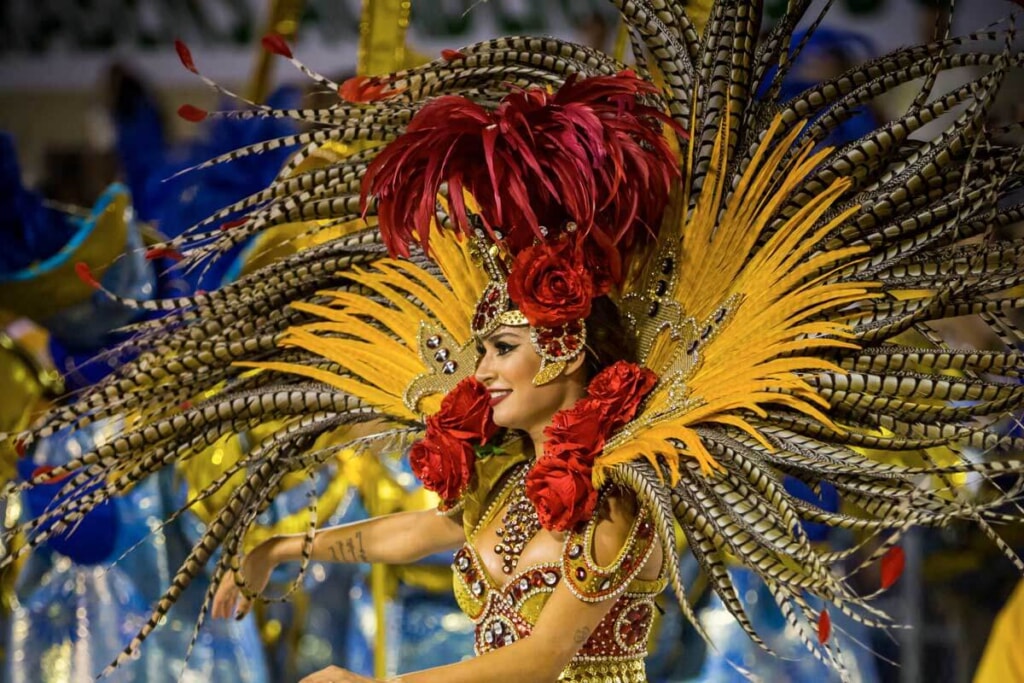
What is Carnival Without You?
It’s the main festivity in Brazil which earned the distinction of being “The Greatest Show on Earth.” The Rio Carnival starts on Friday until Tuesday or just a day shy of Ash Wednesday, a significant Catholic tradition which signal the start of Lent. If you really want to understand the question what is Carnival, head off to the Sambodromo particularly on Carnival Sunday and Monday to experience first-hand why this annual tradition is visited by millions of people from all the part of the world.
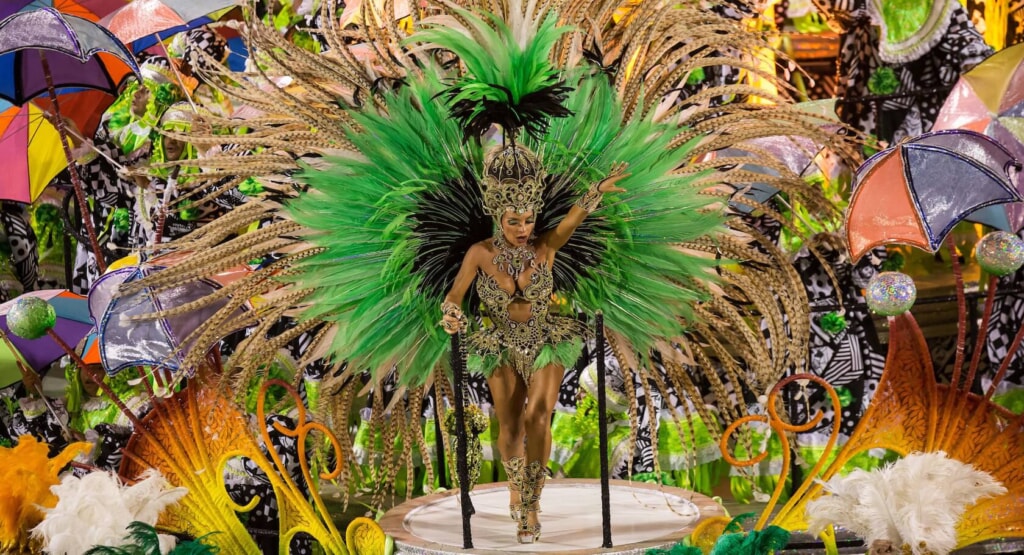
What is Carnival Without the Samba?
By riocarnaval.org
Prior to the construction of the Sambodromo, the top samba schools go around the streets of Rio to perform the samba. But this all changed when Rio officials and organizers realized that a change is in order. The objective is two-fold: first is the need to build a facility for the comfort of the tourists, second is the potential revenue through tickets. In 1984, the Sambodromo was completed and almost immediately, the parade registered an increase in participants and spectators.
The stadium can sit more than 80,000 visitors as well as accommodate 5,000 participants through the wide Marquês de Sapucaí Avenue. Now, what is Carnival without the samba parade? You can feel the resonance of the drums, cymbals and trumpets echo through the Sambodromo and brim over to the streets. The Carnival is celebrated five days preceding Ash Wednesday, which is the start of Lent in the Catholic calendar. At the heart of the Carnival is the samba, which is the perfect illustration of the Afro-European blend that defines Brazil culture. The top samba schools get the honor of performing in front of millions at the Sambodromo.
It’s obvious by watching the performances at the Sambodromo the amount of preparation that goes into each dance step, the choice of song and the selection of dancers to represent each school. There’s a panel of around 40 judges who sit at key points throughout the stadium watching every nuance of movement, appraising the thread and sequin of each costume, the significance of the song, the integrity to the samba. The energy is palpable throughout the stadium that spectators are known to dance along with the participants. The judges will announce the champion on Ash Wednesday.
What is Carnival Without the Costumes?
The exotic nature and sensuality of the samba is only enhanced by the flashy costumes of the participants. But these costumes are not chosen because of aesthetics but rather they form part of the story. While the spectators only see the different pigments and designs of the costumes, the significance of each garb is not lost on the judges. That’s why the samba schools give particular attention to the type of costume they will display. The preparation and decision-making process take months. Tracing the Carnival’s origins to the European masquerades, the visitors are also encouraged to bring their own costumes to feel the spirit of Carnival.
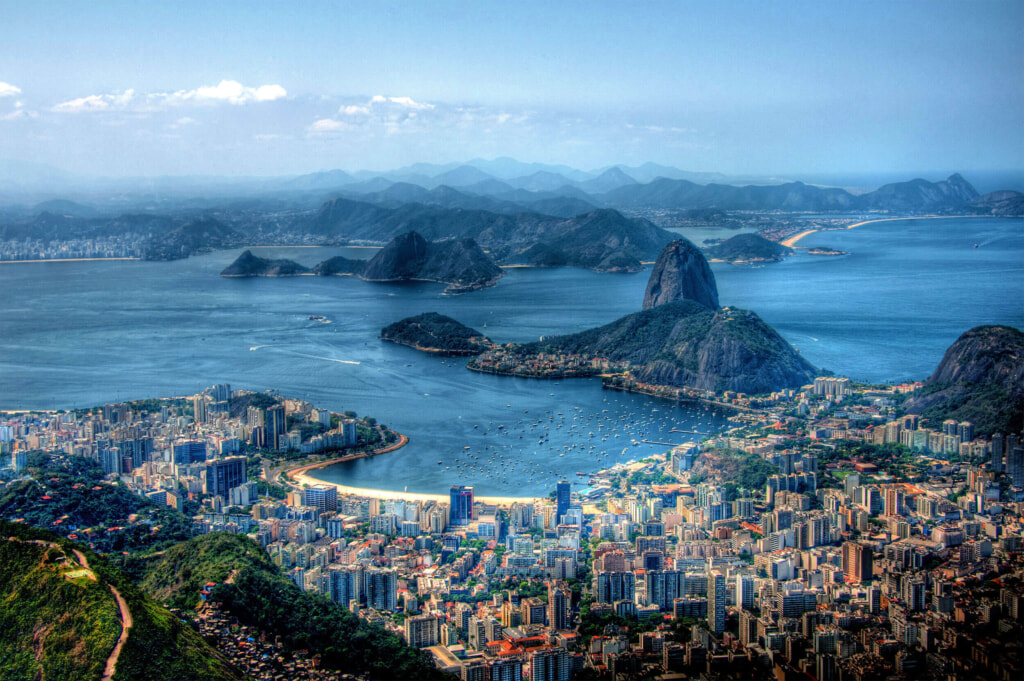
What is Carnival Without the samba schools?
The Carnival wouldn’t have experienced the type of success it enjoys today without the stiff competition among the samba schools. These schools just started from street bands which developed into groups and clubs then associations before they became the samba schools of today. Each school has a close relationship with the host community mainly because the samba schools help support the poor sectors in its surrounding areas. The community provides the labor to build the floats, sew the costumes, logistical support and even as security enforcers to ensure the safety of the dancers. While the competition among schools remains stiff, they nevertheless never forget what the Carnival is about.
What is Carnival Without the dazzling balls?
It is only during the Carnival where every inch of Brazil, and Rio in particular, screams party. The partying starts a day before the formal launch of the Carnival until a day after the festivity formally ends. If you can manage to secure a ticket for the glamorous parties, such as the Magic Ball in Copacabana Palace Hotel, don’t be surprised that you will be rubbing elbows with the celebrities and the wealthy.
What is Carnival Without the Best Street Parties?
The Best Street Parties are organized by street groups called blocos. It’s virtually impossible to turn a corner without bumping into another Best Street Parties. Here you will find a large crowd milling and dancing to the tune of samba. A Best Street Parties begins as a small group of people congregate on a predetermined location. The crowd then marches through the streets and gather more and more people along the way.
What is Carnival Without Experiencing the Other Side of Rio?
It would be a shame to go to Rio with the plan drinking the whole time you are there. For the city has more to offer than the Carnival.
The Carnival is Not Only for Adults
Perhaps one of the most common misconceptions about the Carnival is that it’s too racy for children. True, the television is a brutal medium because it fails to provide a context. Lately, organizers have clamped down on too much nudity although some dancers push this rule to the limit by exposing skin.
Although some men may balk at that notion thinking that «what is Carnival without the nudity?» Suffice to say, it’s safe to bring you own kids to see the Carnival. The Sambodromo even hosts the Children’s Parade where kids and teens showcase their talents in the samba. It’s always good for your kids to expand their horizons by experiencing other cultures.

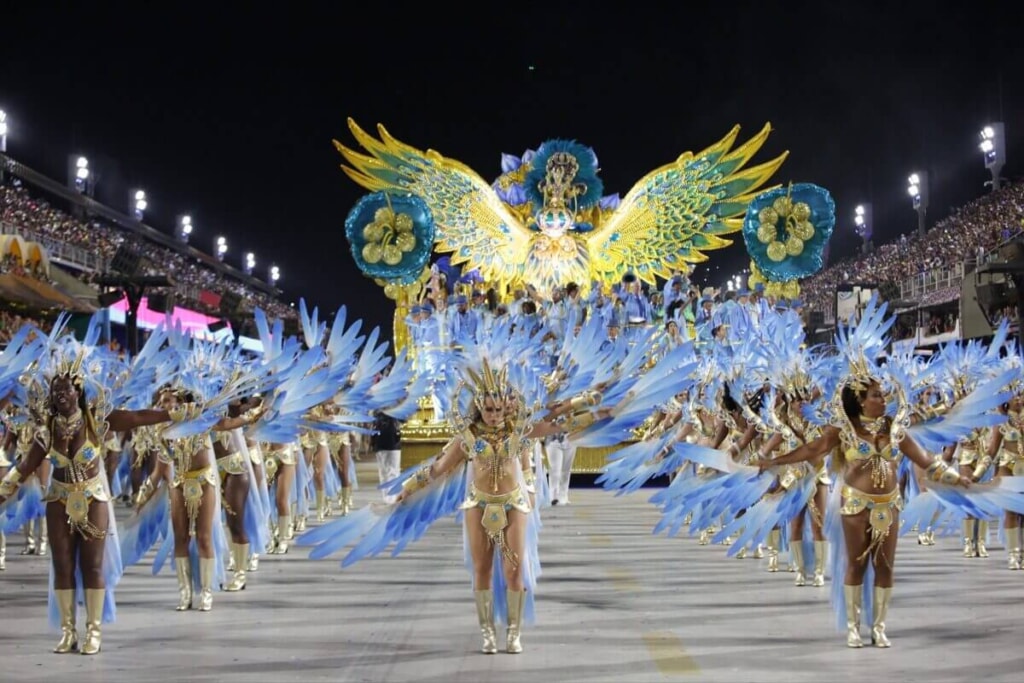
What is Carnival if You Are Not There?
The Carnival is one of the more popular tourist destinations in the world. It’s a multi-million dollar industry that involves each sector from all walks of life. It’s best to make your reservations early to get the best deals from hotels, airlines and tickets. The Carnival is one of the world’s biggest attractions, but it will remain conceptual if you are not there to experience it. After all, what is Carnival but a week-long party?
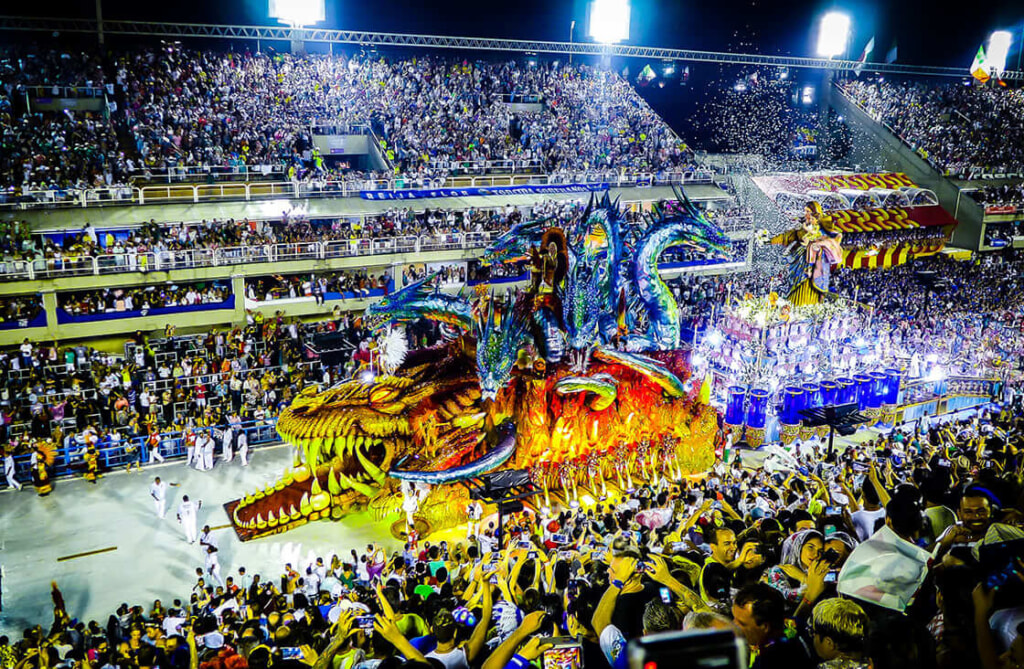
Thiên Xuân Travel
Park 2, 208 Nguyen Huu Canh Street, Ward 22,
Binh Thanh District, Ho Chi Minh City, Vietnam
📨 booking@thienxuantravel.com
☎️ +84 888 890 898 — 0938 558 228
Office in the United States
14114 Beech Glen Dr, Houston, TX 77083
☎️ +1 (281) 906-2744

